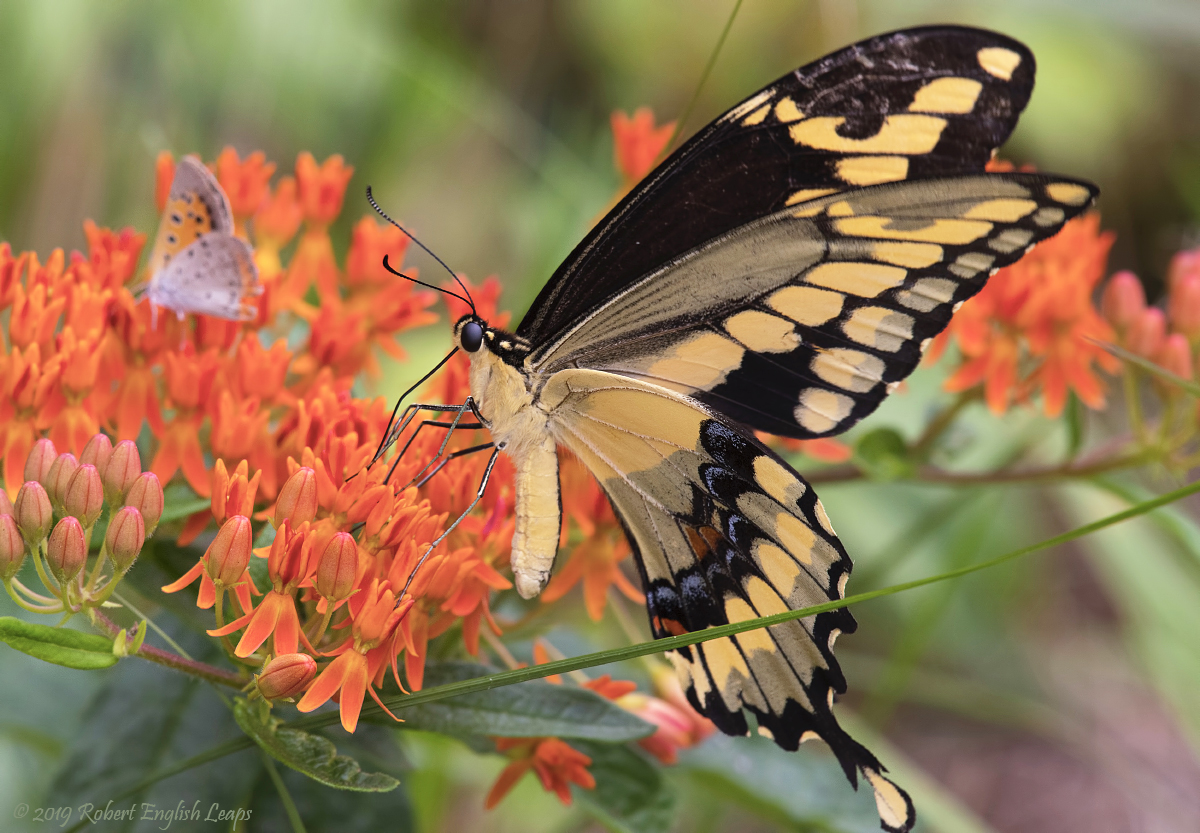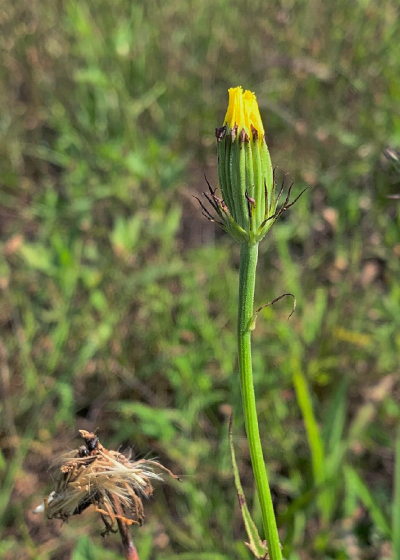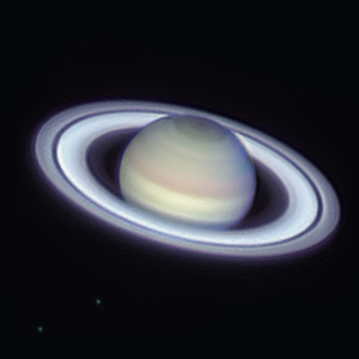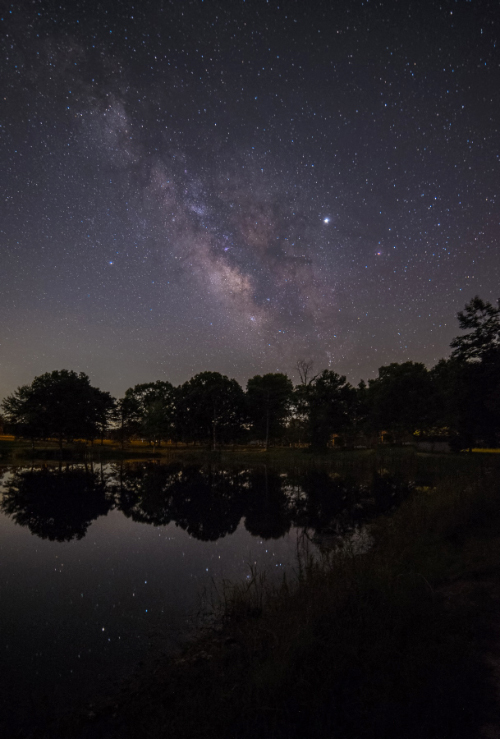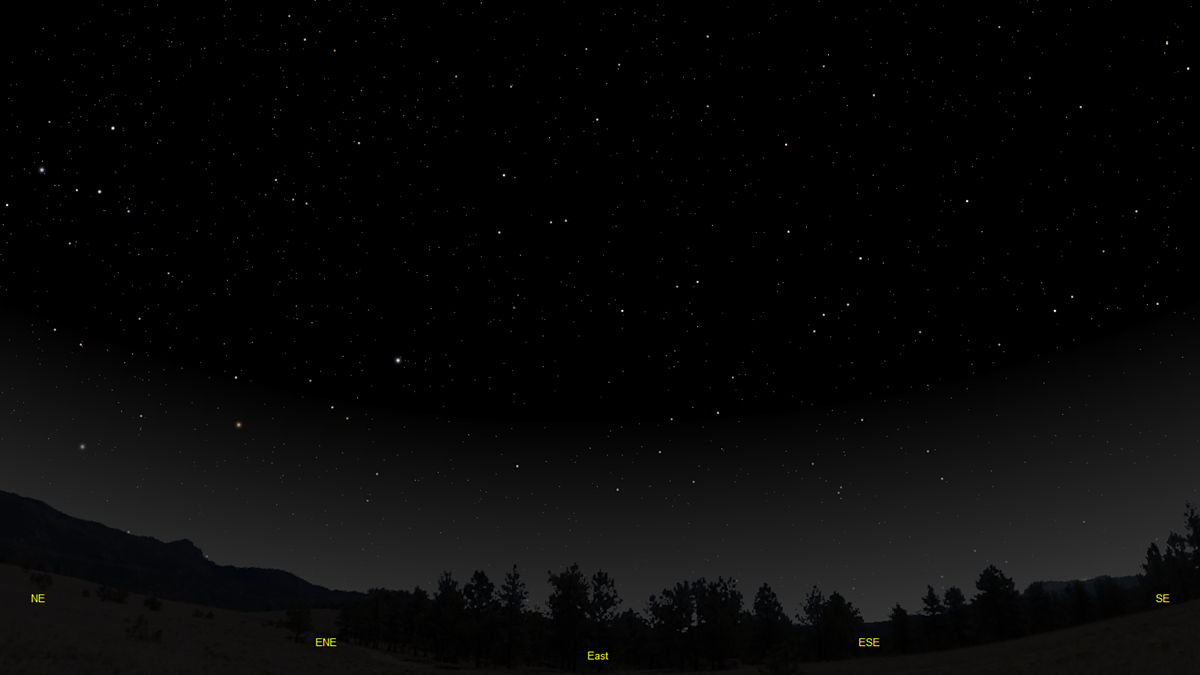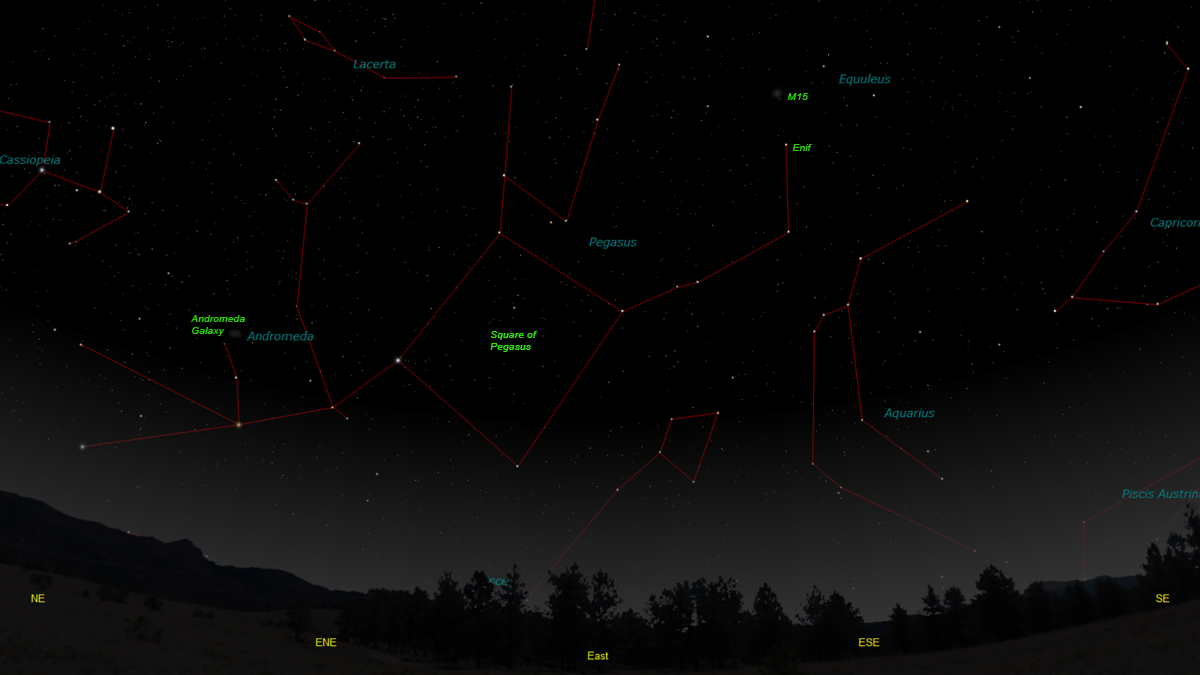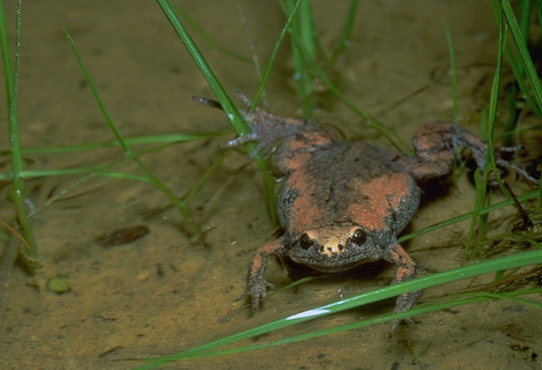The purpose of this feature is to give scout leaders, educators and naturalists an idea of some of the natural events coming up each month. We will try to cover a variety of natural events ranging from sky events to calling periods of amphibians, bird and mammal watching tips, prominent wildflowers and anything else that comes to mind. We will also note prominent constellations appearing over the eastern horizon at mid-evening each month for our area for those who would like to learn the constellations. If you have suggestions for other types of natural information you would like to see added to this calendar, let us know! Note: You can click on the hyperlinks to learn more about some of the featured items. To return to the Calendar, hit the "back" button on your browser, NOT the "back" button on the web page. All charts are available in a "printer friendly" mode, with black stars on a white background. Left clicking on each chart will take you to a printable black and white image. Though we link book references to nationwide sources, we encourage you to support your local book store whenever possible.
Notes From July 2019 The time I spend working on my observatory often gives me some nice glimpses of the natural world. This Giant Swallowtail was beside the small dirt road that I take to get to the observatory. Behind it is an American Copper. The Giant Swallowtail is the largest butterfly in North America.
The observatory is located in an area of the farm that is used as a food plot, so there's lots to be seen there. On July 18th I made an early morning run to check the solar panels I installed this month. The panels charge batteries which are used to run the the electrical systems of the telescope and the observatory. This allows the observatory to be "off the grid" and there's some nice symmetry there. A star machine that runs on star power! It's very satisfying to see the battery pack rapidly reach full charge via the panels. When I arrived at the observatory on the 18th I was greeted by a whole field of yellow flowers that all seemed to be looking right at me. Then I realized that they were all orienting their faces to the rising sun behind me. They too had a solar connection. I remember thinking that it was funny that I hadn't noticed them before. After checking out the solar panels, I returned to the house and then came back later in the morning. Rounding the bend to the observatory I was stunned. My yellow flowers had disappeared! On closer inspection, I discovered they were there (I knew they couldn't just disappear) but much changed. The sepals of the flowers had folded around the petals, so that only a narrow band of yellow showed up at the tip. The flower heads were pointed straight up. I took the picture on the right below.
The ability of some flowers to track the sun is called heliotropism. The phenomenom has been known since ancient times. Motor cells in the part of the stem beneath the flower pump potassium into the cells on the opposite side of the stem from the Sun, causing those cells to elongate. This bends the stem toward the Sun. My flowers, which I first thought were Dwarf Dandelions, were a species of Hawksbeard. I had seen heliotropism before, with Jerusalem Artichokes beside the country road where I used to jog. They followed the Sun continuously throughout the day. But these flowers were different. The left and center images were taken early that morning. The petals were dew covered and bumblebees were coming to them. Unlike the Jerusalem Artichokes, these flowers only stayed open for the first hour or two of the morning. Then they closed up. Further observation showed that the flowers stayed closed the rest of the day and at night. As the sky starts to lighten, they are still in the compressed position, pointed towards the zenith. Then as the sky gets brighter, the flower heads point to the rising sun and begin to open. In the days since that first observation, they have repeated this behavior. They only stay open for the cooler part of the morning, then they close back up during the heat of the day. So the question becomes, why do they do this? How does this adaptation help them? Are they conserving water? Is it a heat strategy? I hope to find out more about them.
Sky Events for August 2019: The Perseid Meteor Shower peaks on the evening of August 12th. A waxing gibbous Moon will reduce the number of meteors visible.
Morning Sky:
Evening Sky: Jupiter is a bright beacon in the southern sky this month. The great planet is in Ophiuchus. Look for it at dusk above and to the left of the bright reddish star Antares in Scorpius. This is a great time to view both Jupiter and Saturn. If you look at the image in the Constellations section, taken on July 1st, you'll see Jupiter on one side of the Milky Way and Saturn on the other side. In between you'll see the rich star fields of Sagittarius. You can easily see the four Galilean moons of Jupiter in binoculars if you brace them against something steady. All four are not always visible since they are sometimes eclipsed by the planet or close enough to be lost in the glare of Jupiter. Saturn is visible at dusk to the left of Jupiter on the opposite side of the Milky Way. This is a terrific time to see the rings at almost the maximum angle possible. Look for the dark Cassini's Division in the rings. Even in binoculars you can see the oval shape that the rings give the planet. Wait until both Saturn and Jupiter are due south to get the best telescopic views.
The views below show the sky looking east at 10:45pm EDT on August 15th. The first view shows the sky with the constellations outlined and names depicted. Star and planet names are in green. Constellation names are in blue. The second view shows the same scene without labels. New constellations this month are Pegasus, the Flying Horse, Andromeda, Princess Andromeda, Triangulum, the Triangle, Pisces, the Fishes, and Aquarius, the Water Bearer. In Pegasus, the reddish star Enif marks the nose of the flying horse. Just above Enif is the globular cluster Messier 15, a nice ball of stars about 33,600 light-years away. The cluster was discovered by Jean Dominique Maraldi on September 7th, 1746. Maraldi was searching for De Chéseaux' Comet at the time. High overhead, in Hercules, another globular cluster is at its best this month. Messier 13 can sometimes be picked out with the naked eye on a dark moonless night. It is about 25,000 light-years distant. In a small telescope it will appear like a little cotton ball of faint light. With increasing aperture, you'll be able to spot some of the faint stars around the periphery of the cluster. Be sure to use averted vision, looking to one side of the cluster, to allow the cluster's light to fall on the light-sensitive rod cells of your eye. On Learning the Constellations: Try to learn a few constellations each month, and then following them through the seasons. Once you associate a particular constellation coming over the eastern horizon at a certain time of year, you may start thinking about it like an old friend, looking forward to its arrival each season. The stars in the evening scene above, for instance, will always be in the same place relative to the horizon at the same time and date each August. Of course, the planets do move slowly through the constellations, but with practice you will learn to identify them from their appearance. In particular, learn the brightest stars for they will guide you to the fainter stars. Once you can locate the more prominent constellations, you can "branch out" to other constellations around them. It may take you a little while to get a sense of scale, to translate what you see on the computer screen or what you see on the page of a book to what you see in the sky. Look for patterns, like the stars that make up the "Square of Pegasus."
The earth's rotation causes the constellations to appear to
move across the sky just as the Sun and the Moon appear to do. If you go
outside earlier than the time shown on the charts, the constellations will be
lower to the eastern horizon. If you observe later, they will have climbed
higher.
As each season progresses, the earth's motion around the Sun
causes the constellations to appear a little farther towards the west each night
for any given time of night. If you want to see where the constellations
in the above figures will be on September 15th at 10:00pm CDT, you can stay up
till midnight on August 15th and get a preview. The westward
motion of the constellations is equivalent to two hours per month. Recommended: Sky & Telescope's Pocket Star Atlas is beautiful, compact star atlas. A good book to learn the constellations is Patterns in the Sky, by Hewitt-White. You may also want to check out at H. A. Rey's classic, The Stars, A New Way to See Them. For sky watching tips, an inexpensive good guide is Secrets of Stargazing, by Becky Ramotowski.
A good general reference book on astronomy is the Peterson
Field Guide,
A Field Guide to the Stars and Planets, by Pasachoff. The book retails for around $14.00.
The Virtual Moon Atlas is a terrific way to learn the surface features of the Moon. And it's free software. You can download the Virtual Moon Atlas here. Apps: We really love the Sky Safari 6 Pro. It is available for both iOS and Android operating systems. There are three versions. The Pro is simply the best astronomy app we've ever seen. The description of the Pro version reads, "includes over 100 million stars, 3 million galaxies down to 18th magnitude, and 750,000 solar system objects; including every comet and asteroid ever discovered." A nother great app is the Photographer's Ephemeris. Great for finding sunrise, moonrise, sunset and moonset times and the precise place on the horizon that the event will occur. Invaluable not only for planning photographs, but also nice to plan an outing to watch the full moon rise. Available for both androids and iOS operating systems.
Amphibians:
Recommended: The Frogs and Toads of North America, Lang Elliott, Houghton Mifflin Co. Archives (Remember to use the back button on your browser, NOT the back button on the web page!) Natural Calendar February 2019 Natural Calendar December 2018 Natural Calendar November 2018 Natural Calendar September 2018 Natural Calendar February 2018 Natural Calendar December 2017 Natural Calendar November 2017 Natural Calendar October 2017Natural Calendar September 2017 Natural Calendar February 2017 Natural Calendar December 2016 Natural Calendar November 2016 Natural Calendar September 2016Natural Calendar February 2016 Natural Calendar December 2015 Natural Calendar November 2015 Natural Calendar September 2015 Natural Calendar November 2014 Natural Calendar September 2014 Natural Calendar September 2013 Natural Calendar December 2012 Natural Calendar November 2012 Natural Calendar September 2012 Natural Calendar February 2012 Natural Calendar December 2011 Natural Calendar November 2011 Natural Calendar September 2011 Natural Calendar December 2010 Natural Calendar November 2010 Natural Calendar September 2010 Natural Calendar February 2010 Natural Calendar December 2009 Natural Calendar November 2009 Natural Calendar September 2009 Natural Calendar February 2009 Natural Calendar December 2008 Natural Calendar November 2008 Natural Calendar September 2008 Natural Calendar February 2008 Natural Calendar December 2007 Natural Calendar November 2007 Natural Calendar September 2007 Natural Calendar February 2007 Natural Calendar December 2006 Natural Calendar November 2006 Natural Calendar September 2006 Natural Calendar February 2006
Natural Calendar December 2005
Natural Calendar November 2005
Natural Calendar September 2005
Natural Calendar February 2005
Natural Calendar December 2004
Natural Calendar November 2004
Natural Calendar September 2004
Natural Calendar February 2004
Natural Calendar December 2003
Natural Calendar November 2003 Natural Calendar February 2003 Natural Calendar December 2002 Natural Calendar November 2002 Nature Notes Archives: Nature Notes was a page we published in 2001 and 2002 containing our observations about everything from the northern lights display of November 2001 to frog and salamander egg masses. Night scenes prepared with The Sky Professional from Software Bisque All images and recordings © 2019 Leaps
|
|
